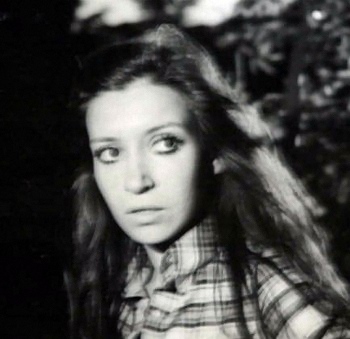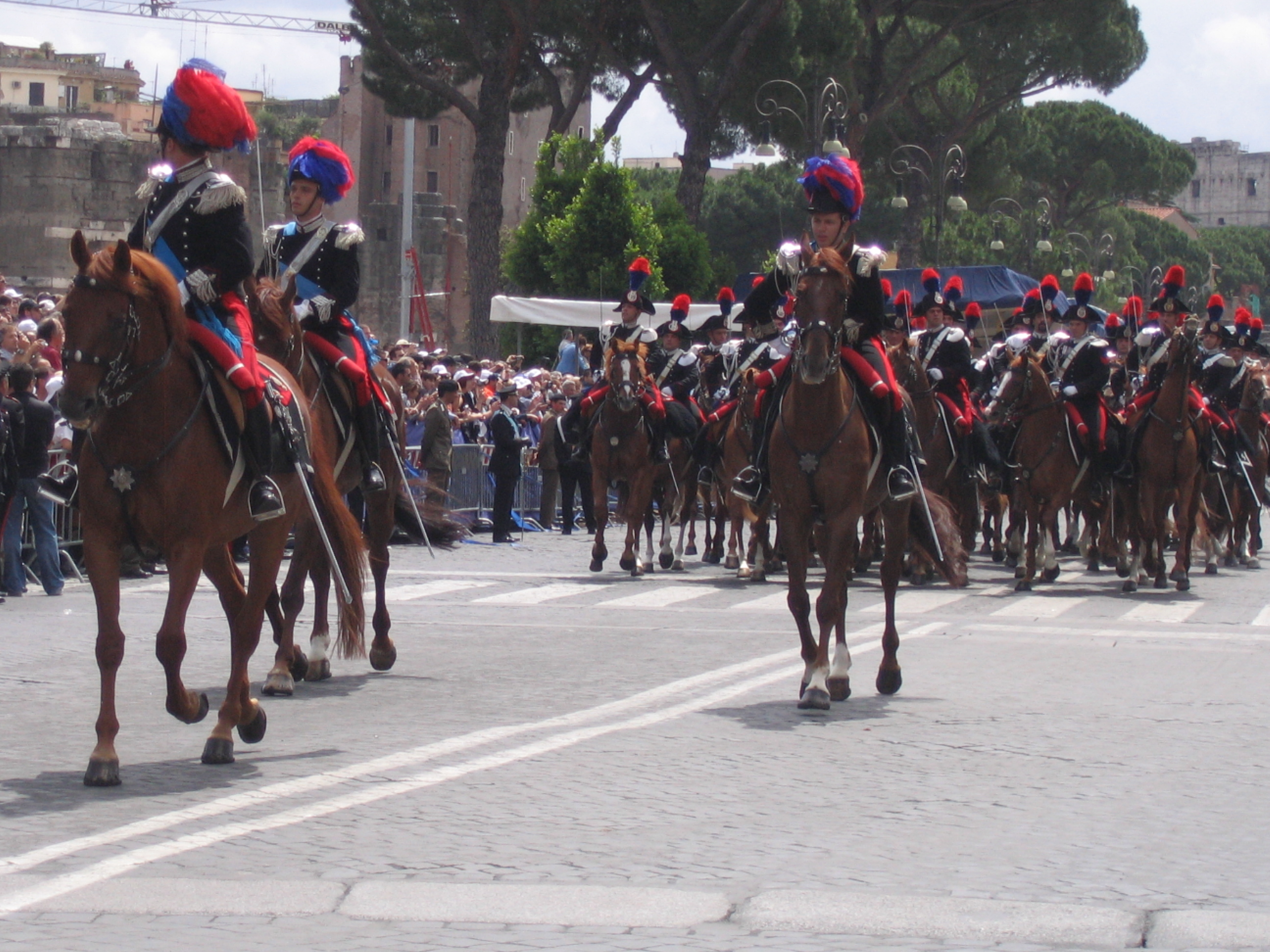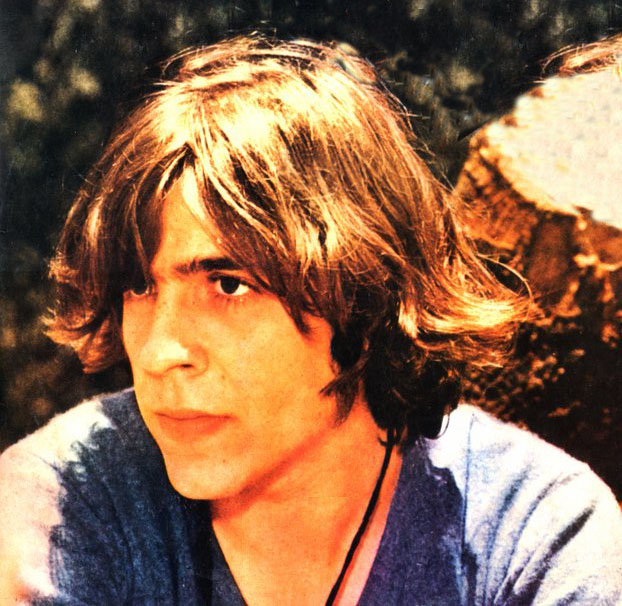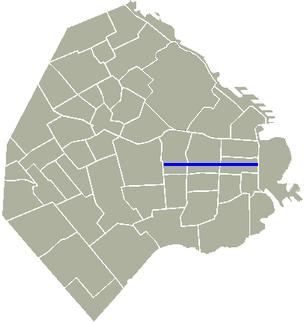|
Bicentennial Of Argentina
The Argentina Bicentennial ( es, bicentenario argentino) was a series of ceremonies, festivals, and observances celebrated on May 25, 2010, and throughout the year. They commemorated the 200th anniversary of the May Revolution, a sequence of historical events that led to the Viceroy Baltasar Hidalgo de Cisneros being ousted from office and replaced with the Primera Junta, the first national government. Bicentennial celebrations began on Friday, May 21 in Buenos Aires, with millions of people in attendance, making them the biggest outdoor festivities Argentina had seen since it celebrated its return to democratic rule after seven years of military dictatorship in 1983. Background and leading events Celebrations for the bicentennial started early in 2010 and continued through the year. These events were not related solely to the May Revolution, but also to many factors pertaining to the history and culture of Argentina. It started on January 20 with the Cosquín Festival, a year ... [...More Info...] [...Related Items...] OR: [Wikipedia] [Google] [Baidu] |
Argentine Bicentennial Logo
Argentines (mistakenly translated Argentineans in the past; in Spanish ( masculine) or ( feminine)) are people identified with the country of Argentina. This connection may be residential, legal, historical or cultural. For most Argentines, several (or all) of these connections exist and are collectively the source of their being ''Argentine''. Argentina is a multiethnic and multilingual society, home to people of various ethnic, religious, and national origins, with the majority of the population made up of Old World immigrants and their descendants. As a result, Argentines do not equate their nationality with ethnicity, but with citizenship and allegiance to Argentina. Aside from the indigenous population, nearly all Argentines or their ancestors immigrated within the past five centuries. Among countries in the world that have received the most immigrants in modern history, Argentina, with 6.6 million, ranks second to the United States (27 million), and ahead of other imm ... [...More Info...] [...Related Items...] OR: [Wikipedia] [Google] [Baidu] |
Cristina Fernández De Kirchner
Cristina Elisabet Fernández de Kirchner (; born 19 February 1953), often referred to by her initials CFK, is an Argentine lawyer and politician who has served as the Vice President of Argentina since 2019. She also served as the President of Argentina from 2007 to 2015 and the first lady during the tenure of her husband, Néstor Kirchner. She was the second female president of Argentina (after Isabel Perón) and the first elected female president of Argentina. Ideologically, she identifies herself as a Peronist and a progressive, with her political approach called Kirchnerism.BBC News. 18 April 2006Analysis: Latin America's new left axis. Born in La Plata, Buenos Aires Province, she studied law at the University of La Plata, and moved to Patagonia with her husband Néstor Kirchner upon graduation. She was elected to the provincial legislature; her husband was elected mayor of Río Gallegos. She was elected national senator in 1995, and had a controversial tenure, while ... [...More Info...] [...Related Items...] OR: [Wikipedia] [Google] [Baidu] |
Military Parade
A military parade is a formation of soldiers whose movement is restricted by close-order manoeuvering known as drilling or marching. The military parade is now almost entirely ceremonial, though soldiers from time immemorial up until the late 19th century fought in formation. Massed parades may also hold a role for propaganda purposes, being used to exhibit the apparent military strength of a country. History The terminology comes from the tradition of close order formation combat, in which soldiers were held in very strict formations as to maximise their combat effectiveness. Formation combat was used as an alternative to mêlée combat, and required strict discipline in the ranks and competent officers. As long as their formations could be maintained, regular troops could maintain a significant advantage over less organised opponents. Nevertheless, military parades are not to be confused with the military show of force. Although the firepower of breechloading rifles and ... [...More Info...] [...Related Items...] OR: [Wikipedia] [Google] [Baidu] |
Buenos Aires Central Post Office
The Buenos Aires Central Post Office (native name: "Palacio de Correos y Telecomunicaciones" or most commonly, "Correo Central") building, now the Kirchner Cultural Centre, was the seat of the ''Correo Argentino'' (Argentine Post Office Department) until 2005. It is located in the San Nicolás, Buenos Aires neighborhood of Buenos Aires, Argentina. The building was designed in the Neoclassical Beaux-Arts style and with Second Empire style elements by French architect Norbert Maillart. Construction started in 1899, and after several long pauses and changes to Maillart's original design, was finally opened in 1928. The Palacio de Correos was declared National Heritage in 1997 due to its architectural style, historical relevance and the artworks inside the building. It ceased activities as a post office in 2003 and two years later the National Government called a tender to turn the building into a cultural centre as part of the celebrations to commemorate the 200th. anniversary of May ... [...More Info...] [...Related Items...] OR: [Wikipedia] [Google] [Baidu] |
Recoleta, Buenos Aires
Recoleta is a ''barrio'' or neighborhood of Buenos Aires, Argentina, located in the northern part of the city, by the Río de la Plata. The area is perhaps best known to be the home of the distinguished Recoleta Cemetery. It is a traditional upper-class and conservative neighborhood with some of the priciest real estate in the city, known for Paris-style townhouses, lavish former palaces and posh boutiques. The neighborhood is served by Line D and Line H of the Buenos Aires Underground, as well as by many bus lines in Avenida Santa Fe. Geographical location The Recoleta neighborhood is composed of the area limited by Montevideo and Uruguay Streets, Córdoba Avenue, Mario Bravo and Coronel Díaz Streets, Las Heras Avenue, Tagle Street, the F.G.B.M railway, Jerónimo Salguero Street, and by the Río de La Plata or River Plate. Neighboring communities are Retiro to the southeast, San Nicolás, Balvanera and Almagro to the south, and Palermo to the northwest, and the Rive ... [...More Info...] [...Related Items...] OR: [Wikipedia] [Google] [Baidu] |
Casa Nacional Del Bicentenario
The Casa Nacional del Bicentenario ("National Bicentennial House") is a cultural center and museum located in the Recoleta section of Buenos Aires, Argentina. Overview The proposal for the center as such was developed by the office of the Secretary of Culture during the administration of President Néstor Kirchner, led at the time by José Nun. Nun obtained a grant from the Spanish Embassy of € 300,000 toward the project, and work began in 2006 to remodel the eclecticist building designated for the purpose. The apartment build ... [...More Info...] [...Related Items...] OR: [Wikipedia] [Google] [Baidu] |
León Gieco
Raúl Alberto Antonio Gieco, pseudonym, better known as León Gieco (born on November 20, 1951 in Cañada Rosquín, Argentina) is an Argentine folk rock performer, Music composer, composer and interpreter. He is known for mixing popular Folklore, folkloric genres with Argentinian rock and roll, and lyrics with social and political connotations. This has led to him being called "The Argentine Bob Dylan". Biography Leon Gieco was born into a family of Italian origin on November 20, 1951 in Santa Fe Province, Argentina. At 6 years old, Gieco traveled with his family from the field to the village center due to economic problems. At age 8, Gieco bought his first guitar on credit, and soon began playing music at local events with his father's band. Throughout his childhood, Gieco played with local bands such as a folkloric group called Los Nocheros (The Night Watchers) and Los Moscos (The Flies), a rock music, rock band that gained some popularity within Argentina. In 1965, Gieco t ... [...More Info...] [...Related Items...] OR: [Wikipedia] [Google] [Baidu] |
Fito Páez
Rodolfo Páez Ávalos, popularly known as Fito Páez (; born 13 March 1963), is an Argentine popular rock and roll pianist, lyricist, singer-songwriter and film director. Biography Early career Paez was born in Rosario, Santa Fe Province; his real name is Rodolfo Paez, like his father. When he was a child people called him "Rodolfito" (in Spanish, an affectionate form of "Rodolfo") to distinguish him from his father. With the passage of time, this nickname became just "Fito", and that is where his stage name came from. He formed Staff, his first band when he was 13. In 1977, he played in El Banquete with Rubén Goldín and Jorge Llonch. He began to perform solo in pubs the following year. Straight out of high school, he began touring with several bands and soon after that produced his first solo album, ''Del '63'', which was released in 1984. It was promoted first in his home town, but later earned attention in Buenos Aires. The recording was put together with the help of ... [...More Info...] [...Related Items...] OR: [Wikipedia] [Google] [Baidu] |
Litto Nebbia
Félix Francisco "Litto" Nebbia Corbacho (born 21 July 1948) is an Argentine singer-songwriter, musician and producer prominent in the development of Argentine rock. Life and work Félix Francisco Nebbia Corbacho was born in Rosario, Santa Fe to Martha and Félix Nebbia (two sons of Italian immigrants), in 1948. His parents were struggling musicians, though during his early teens, ''Litto'' left secondary school to join a friend, keyboardist Ciro Fogliatta, in a band ("Wild Cats"). The duo moved to Buenos Aires in 1963, and lived hand-to-mouth in a Balvanera ward tenement. They appeared in a television show, ''Escala Musical'', a number of times, and became regulars at a popular neighborhood recital hall, ''La Cueva''. Nebbia and Fogliatta formed "Los Gatos" in 1966. The group became known for their all-night performances, and composed most of their own songs, many in the well-known neighborhood café, "La Perla del Once" (facing Plaza Miserere). One such composition, '' La ... [...More Info...] [...Related Items...] OR: [Wikipedia] [Google] [Baidu] |
Argentine Rock
Argentine rock (known locally as ''rock nacional'' , "national rock" in the sense of "local", "not international") is rock music composed or performed by Argentine bands or artists mostly in Spanish. Argentine rock began by recycling hits of English-language rock & roll. However a rising trend of composing new songs mostly in Spanish can be traced at late 1960s, when several garage groups and aspiring musicians began composing songs and lyrics that related to local social and musical topics. Since then, Argentine rock started a continued and uninterrupted evolution through the 1970s and into the 1980s. A distinguishing trait of Argentine rock is its insistence on Spanish language lyrics. Argentine rock today is a blanket term describing a number of rock styles and sub-cultures within Argentina. Related genre Several terms are used to describe the artistic expressions of rock and roll in Iberian America, which are often confused or given different meanings in different countries ... [...More Info...] [...Related Items...] OR: [Wikipedia] [Google] [Baidu] |
Avenida Belgrano
Avenida Belgrano is an avenue that runs through Montserrat, Balvanera and Almagro neighborhoods of Buenos Aires, Argentina. The avenue crosses other major avenues like Huergo, Paseo Colon, Diagonal Sur and 9 de Julio. The avenue was so named in honor of Manuel Belgrano. Gallery File:Edificio Otto Wulff.JPG, View of Defensa street. File:Basílica del Rosario (Buenos Aires).JPG, Santo Domingo convent. File:Buenos Aires - Monserrat - Edificio Otto Wulf - 200604.jpg, Otto Wulf building. File:Diagonal Sur.jpg, Intersection with Diagonal Sur. File:Buenos_Aires_-_Avenida_Belgrano_-_Basílica_Santa_Rosa_de_Lima_-_20081204-a.jpg, Santa Rosa de Lima Basilic. File:Cuartel de Policía - Buenos Aires.JPG, Headquarters of Argentine Federal Police The Argentine Federal Police ( es, Policía Federal Argentina or PFA) is the national civil police force of the Argentine federal government. The PFA has detachments throughout the country. Until January 1, 2017, it also acted as the lo ... [...More Info...] [...Related Items...] OR: [Wikipedia] [Google] [Baidu] |


.jpg)




